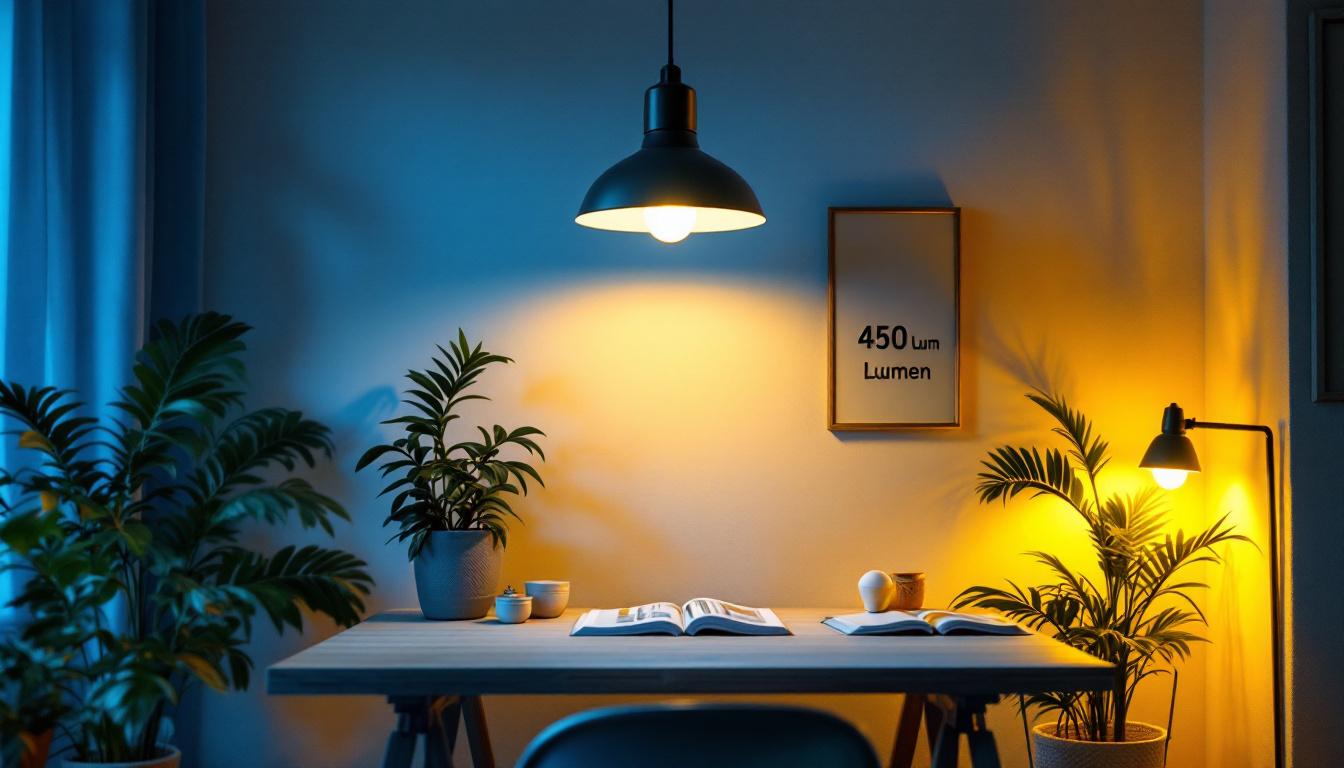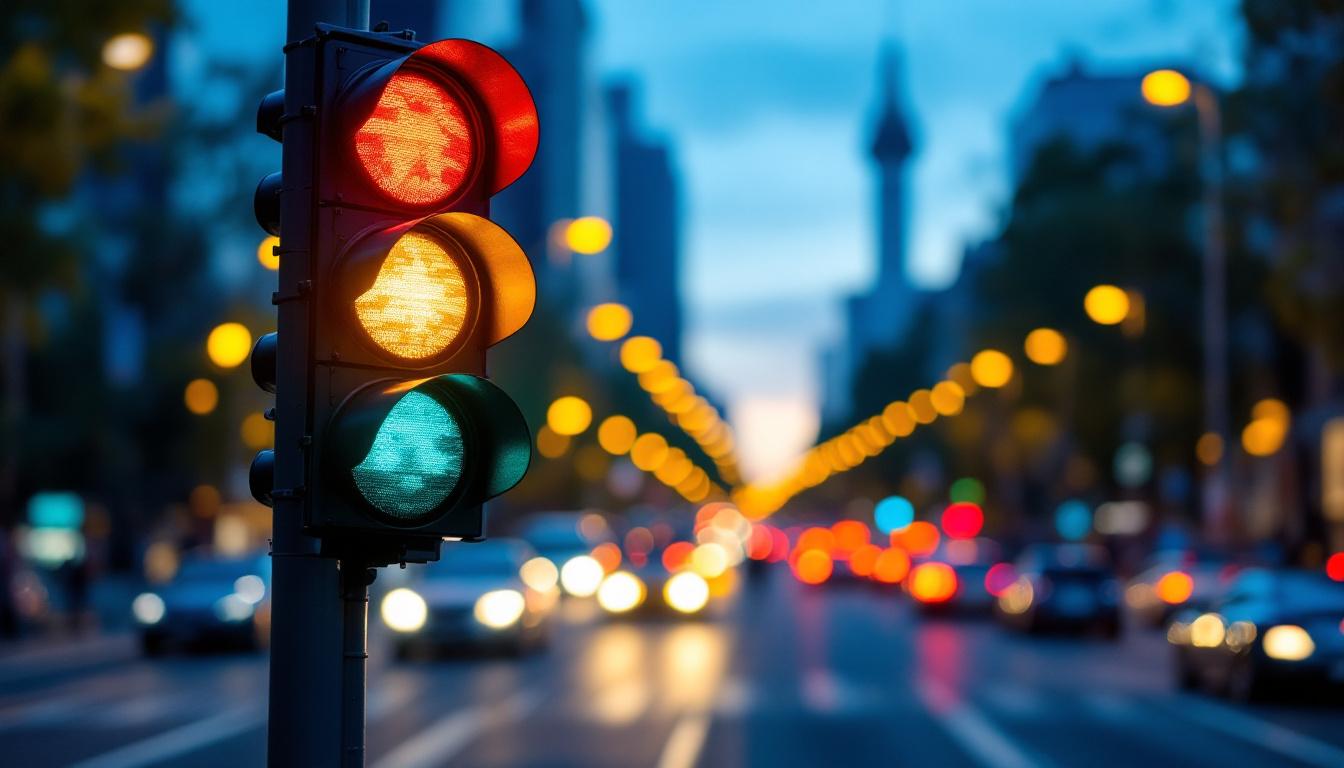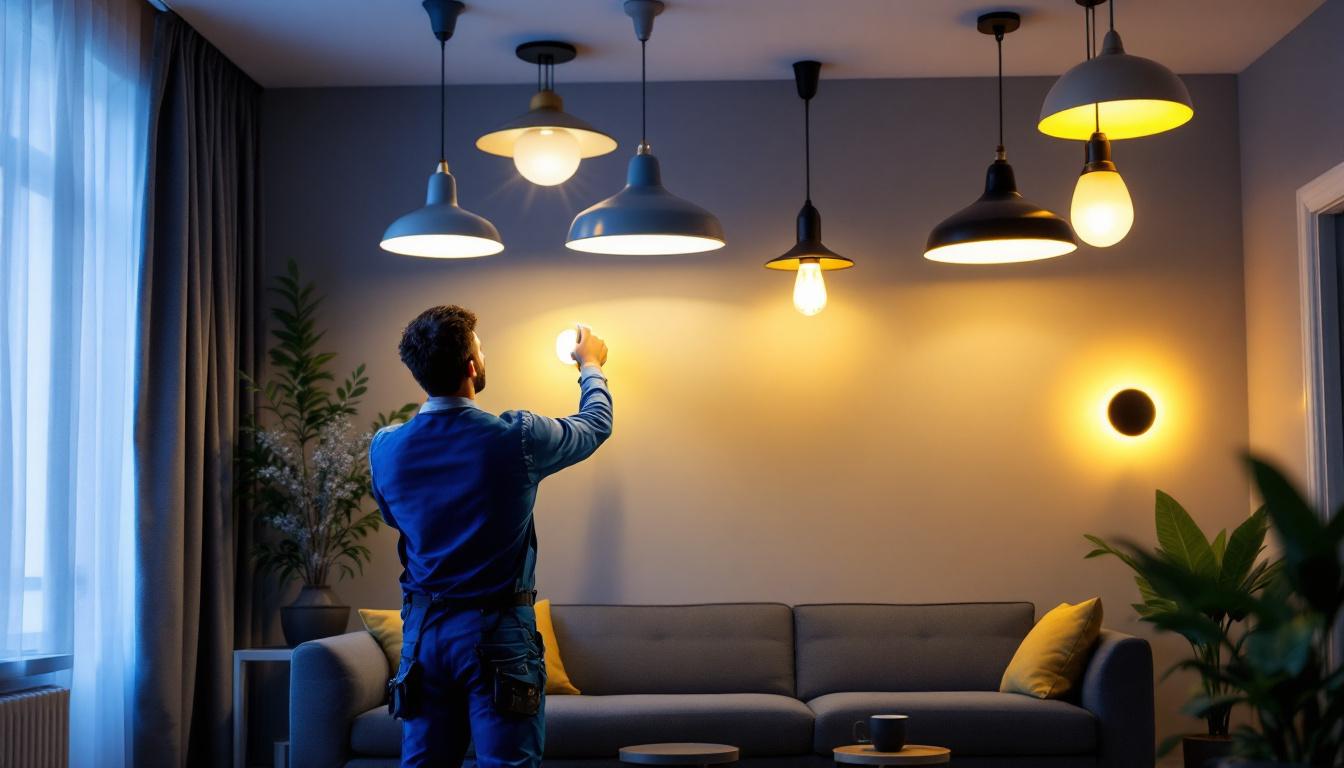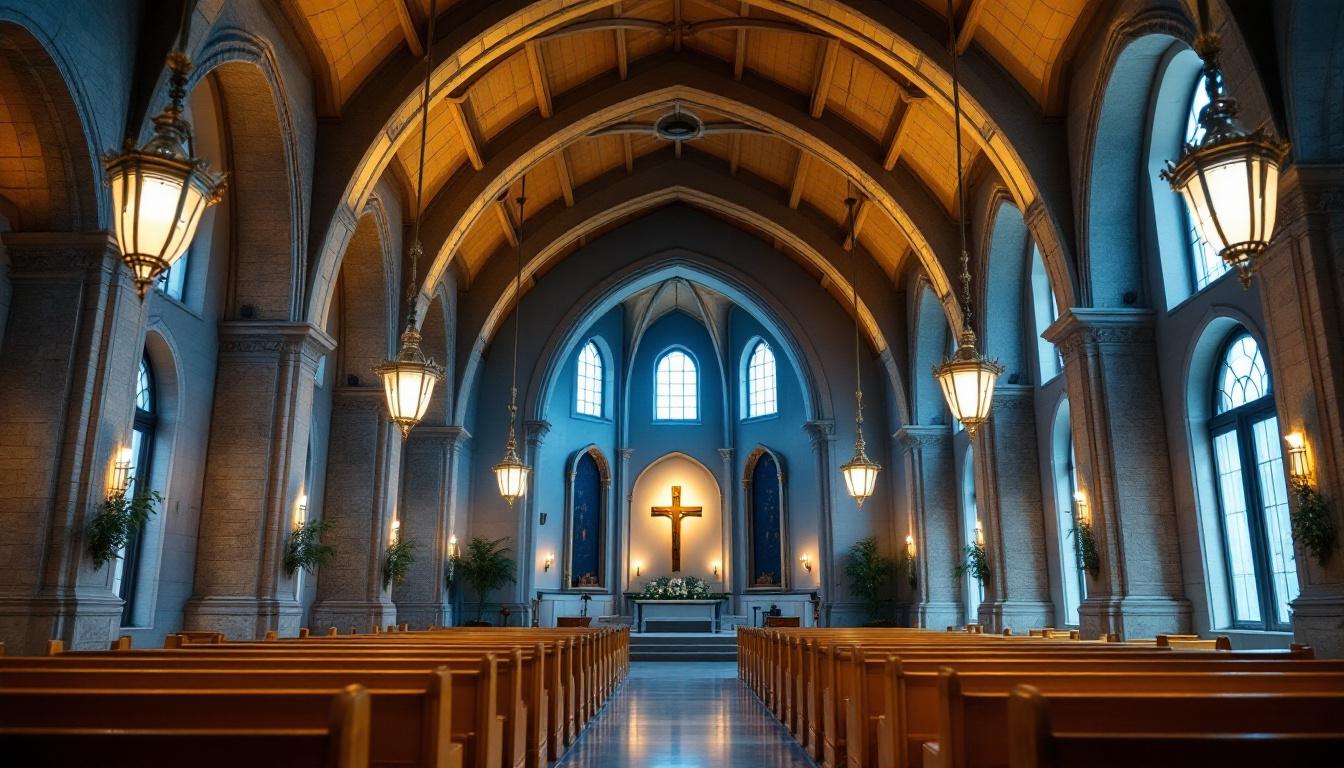
When it comes to lighting projects, understanding lumens is essential for achieving the desired ambiance and functionality. Among the various lumen outputs available, 450 lumens often emerges as a point of confusion. This article delves into the significance of 450 lumens, its practical applications, and how it fits into the broader context of lighting design.
Lumens are a measure of the total amount of visible light emitted by a source. Unlike watts, which measure energy consumption, lumens provide a more accurate representation of brightness. This distinction is vital for lighting contractors who aim to create effective and efficient lighting solutions for their clients.
In the realm of lighting design, the right lumen output can significantly influence the mood and functionality of a space. Whether it’s for residential, commercial, or industrial applications, understanding how to manipulate lumens is key to achieving the desired results. For instance, in a cozy living room, a lower lumen output can create a warm and inviting atmosphere, while a brightly lit office space may require higher lumens to promote productivity and focus.
For lighting contractors, knowing how to calculate and apply lumens can make or break a project. The right brightness level can enhance visibility, improve aesthetics, and even influence energy efficiency. Each space has unique requirements, and understanding these can lead to better client satisfaction. Factors such as wall color, ceiling height, and the presence of natural light can all affect how lumens are perceived in a space, making it crucial for contractors to assess these elements during the planning phase.
Moreover, with the rise of energy-efficient lighting solutions, such as LEDs, the conversation around lumens has evolved. Contractors must now consider not only the brightness but also how that brightness translates into energy savings and longevity of the lighting solution. LEDs, for example, provide a higher lumen output per watt compared to traditional incandescent bulbs, allowing for brighter spaces without significantly increasing energy costs. This shift not only benefits the environment but also appeals to clients looking for sustainable solutions that reduce their carbon footprint while maintaining aesthetic appeal.
Additionally, the concept of lumens per square foot is critical in determining how much light is needed for different types of spaces. For example, a kitchen may require about 50 lumens per square foot to ensure adequate visibility for cooking and food preparation, while a bedroom may only need around 10 to 20 lumens per square foot for a more subdued ambiance. Understanding these nuances can help contractors tailor their lighting designs to meet specific needs, ultimately enhancing the overall user experience.
When discussing 450 lumens, it’s essential to contextualize this measurement. In practical terms, 450 lumens is considered a moderate level of brightness. It is often found in compact fluorescent lamps (CFLs) and LED bulbs, making it a common choice for various applications.
To put this into perspective, a standard 60-watt incandescent bulb typically emits around 800 lumens. Therefore, 450 lumens would provide a softer glow, suitable for specific environments where bright, harsh lighting is not desired. This level of brightness can be particularly beneficial in settings where the goal is to create a calming atmosphere, allowing individuals to unwind after a long day.
Understanding where and how to use 450 lumens can greatly enhance a lighting project. This output is ideal for spaces requiring a warm, inviting atmosphere, such as living rooms, bedrooms, and dining areas. In these environments, softer lighting can create a cozy ambiance that encourages relaxation and social interaction. For instance, using 450-lumen bulbs in table lamps or floor lamps can provide just the right amount of light for reading or enjoying a meal without being overwhelming.
In contrast, 450 lumens may be insufficient for workspaces or areas requiring high visibility, such as kitchens or offices. Here, contractors might need to consider combining multiple light sources to achieve the desired brightness. Additionally, it’s worth noting that the color temperature of the light can also play a significant role in how the brightness is perceived. Warmer tones can make 450 lumens feel softer and more inviting, while cooler tones might make the same output feel stark and clinical. Therefore, selecting the right bulb in conjunction with the lumen output is crucial for achieving the intended atmosphere in any given space.
To fully grasp the significance of 450 lumens, it is beneficial to compare it with other common brightness levels. This comparison can help contractors make informed decisions when selecting lighting solutions for their projects.
Low brightness levels, typically ranging from 100 to 300 lumens, are suitable for accent lighting or night lights. Medium brightness levels, like 450 lumens, can serve well in living spaces where a softer light is preferred. High brightness levels, exceeding 800 lumens, are ideal for task-oriented areas requiring clear visibility.
Understanding these categories allows contractors to tailor their lighting solutions to meet the specific needs of each project. For example, a living room may benefit from 450 lumens for ambient lighting, while a home office may require fixtures that provide 800 lumens or more for effective task lighting.
In practical applications, a 450-lumen bulb can be an excellent choice for table lamps, wall sconces, or even as part of a layered lighting approach in larger rooms. For instance, using multiple 450-lumen fixtures can create a balanced and inviting atmosphere without overwhelming the space with brightness.
Additionally, in outdoor settings, 450 lumens can provide sufficient illumination for pathways or accent lighting in gardens. This level of brightness ensures safety while enhancing the aesthetic appeal of outdoor spaces.
While lumens provide a quantifiable measure of brightness, several factors can influence how brightness is perceived in a given space. Lighting contractors must consider these factors to ensure the effectiveness of their lighting solutions.
Color temperature, measured in Kelvin (K), plays a significant role in how light is perceived. A bulb with a lower color temperature (around 2700K) emits a warm, yellow light, while a higher temperature (5000K and above) produces a cooler, bluish light. Even at 450 lumens, the perceived brightness can vary dramatically based on the color temperature.
For instance, a warm white light at 450 lumens may feel softer and more inviting, making it suitable for living spaces. Conversely, a cool white light at the same lumen output may appear brighter and more clinical, making it better suited for workspaces.
The size of the room and the colors of the surfaces within it also affect brightness perception. In smaller rooms, 450 lumens may feel more intense, while in larger spaces, it may seem dimmer. Additionally, lighter wall colors can reflect more light, enhancing the overall brightness of the space, whereas darker colors absorb light, potentially making the same lumens feel insufficient.
As energy efficiency becomes an increasingly important consideration in lighting projects, the role of lumens in sustainability cannot be overlooked. Choosing the right lumen output can lead to significant energy savings and a reduced carbon footprint.
LED technology has revolutionized the lighting industry by providing high lumen outputs while consuming significantly less energy than traditional incandescent bulbs. A 450-lumen LED bulb typically uses around 7-9 watts, compared to a 60-watt incandescent bulb. This efficiency not only reduces energy costs but also extends the lifespan of the lighting solution.
For contractors, recommending LED options for projects can enhance the overall value proposition. Clients are increasingly looking for sustainable solutions that not only meet their lighting needs but also contribute to energy savings and environmental responsibility.
While the initial investment in LED technology may be higher, the long-term cost savings are substantial. With longer lifespans and reduced energy consumption, clients can enjoy lower utility bills and less frequent replacements. This aspect is particularly appealing in commercial settings, where lighting costs can significantly impact the bottom line.
Despite the growing awareness of lumens, several misconceptions persist in the industry. Addressing these misunderstandings can help contractors provide better guidance to their clients.
A common misconception is that more lumens always equate to better lighting. While higher lumen outputs are necessary for certain applications, such as task lighting in kitchens or offices, softer lighting may be more appropriate for living areas. Understanding the context of the space is crucial for making informed lighting decisions.
Another misconception is that all light sources with the same lumen output will provide the same quality of light. Factors such as color rendering index (CRI) and color temperature can greatly influence the quality of light. Therefore, it is essential for contractors to consider not just lumens but also the overall quality of the light source being used.
Understanding the significance of 450 lumens is vital for lighting contractors aiming to deliver effective and aesthetically pleasing lighting solutions. This moderate level of brightness can play a crucial role in various applications, from creating cozy living spaces to enhancing outdoor areas.
By considering factors such as color temperature, room size, and energy efficiency, contractors can make informed decisions that meet the unique needs of each project. Addressing common misconceptions about lumens can further enhance the quality of service provided to clients.
Ultimately, the right application of 450 lumens can be the missing piece in many lighting projects, ensuring that spaces are not only well-lit but also inviting and functional. As the lighting industry continues to evolve, staying informed about lumens and their practical implications will remain essential for lighting professionals.
Ready to bring your lighting projects to life with the ideal brightness and quality? At LumenWholesale, we provide lighting contractors with exceptional, spec-grade lighting products at the best wholesale prices. Say goodbye to local distributor markups and hello to our premium selection that meets rigorous industry standards. Whether you need 450 lumens for a cozy ambiance or higher outputs for task lighting, our extensive range has you covered. Plus, with free shipping on bulk orders, you can trust that you’re getting the best value without any hidden costs. Elevate your lighting solutions today by visiting Wholesale Lighting at the Best Value and experience the difference with LumenWholesale.

Discover the intricate workings of traffic lights and uncover how lighting contractors can leverage this knowledge for enhanced project efficiency and innovation.

Discover how LED wall pack lighting can transform your business operations.

Discover the essential guide to ceiling light fixtures with insights from top lighting contractors.

Discover the top benefits of church pendant lights for lighting contractors.